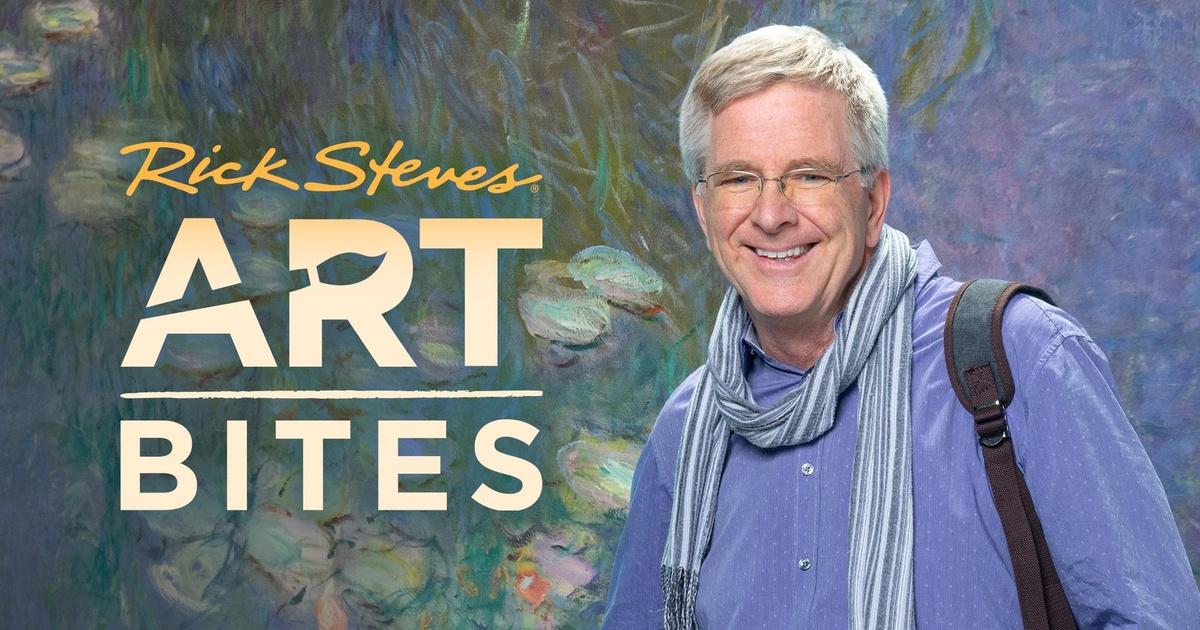
Rick steves' europe | art bites 172: the reformation and the baroque age
- Select a language for the TTS:
- UK English Female
- UK English Male
- US English Female
- US English Male
- Australian Female
- Australian Male
- Language selected: (auto detect) - EN
Play all audios:

The roots of Baroque go back to the 1500s, to the turmoil of the Protestant Reformation. People were questioning Europe█s most powerful institution— the Roman Catholic Church. This was big
news and art, the media of the day, told the story. When a German monk named Martin Luther hammered 95 points for debate on this door, he opened a Pandora█s Box of issues— from Church
corruption to the role of art in religion to the legitimacy of the pope— unleashing long-pent-up frustrations. Soon, the protesters— called Protestants— were breaking away from the
traditional Catholic Church. This religious revolution, called the Reformation, plunged Europe into a century-long series of wars. Each side expressed its intense passion through its art:
Here, a Catholic nun wails on a bunch of sinful Protestants while a determined cherub rips pages from a Protestant book and an angel wrestles with the “serpent of heresy”. For their
part,█Protestants took over Catholic churches and purged them of Catholic iconography. These iconoclasts destroyed statues of saints and whitewashed all they distained. Churches were
converted to fit Protestant values: preaching—from a prominent pulpit, and music— with thunderous pipe organs. People had to choose— am I Protestant or Catholic? These worried saints— with a
Bible in one hand and a sword in the other— capture the tension of the times. Art was weaponized. Here, St. Michael, on Team Rome, hurls Lucifer out of heaven sending a clear message:
Protestants who rise up against the Church shall be crushed. This non-descript building hid a Catholic church. In Protestant lands, Catholic citizens were forced to worship at low-profile
churches like this— a plain exterior hiding a small yet beautiful church inside complete with the rudiments of Catholic worship in miniature. This religious divide turned political. In
England, King Henry VIII broke with the pope, confiscated Catholic lands, and destroyed monasteries. Violence flared. In Catholic Spain, the Church Inquisition arrested, tortured, and
executed countless Protestants, Jews, and anyone they considered heretics—burning many at the stake. And in Germany, 6,000 peasants— armed with little more than shovels— were slaughtered in
a single battle. Artists captured the misery and the epic scale. As religious wars spread, nearly a third of all Germans died. War crimes became commonplace, with each side convinced that
God was on their side and that they were fighting the devil himself. Paintings show how most of Europe was at war█ swept up by powerful forces█ as if the fighting might go on forever. After
decades of war, in 1648, an exhausted Europe reached an uneasy peace that enabled Protestants and Catholics to co-exist. But it left Europe split into two camps: Protestants mainly in the
northern countries, Catholics in the south— each with its own culture and style of art. The art of the day was Baroque and it fit Catholic lands perfectly. Saint Charles Church is classic
Baroque: grand columns, stately pediment, and an elliptical dome. Ascending into the clouds with cupids and angels, you notice a trick the artist employed: he warped the perspective
understanding that his images would be seen not from straight on but from far below and at an angle. As always, the art had a purpose: teaching█ or advertising— depending on your
perspective. Here, Faith, Hope, Charity, and Catholic priests triumph and inspire— while Protestants and their trouble-making books are trashed. At the very top is the dove of the Holy
Spirit, surrounded by a cheering squad of sweet-lipped cupids█ a grand Baroque vision of how all was right with the world thanks to their enthusiastically Catholic rulers.
